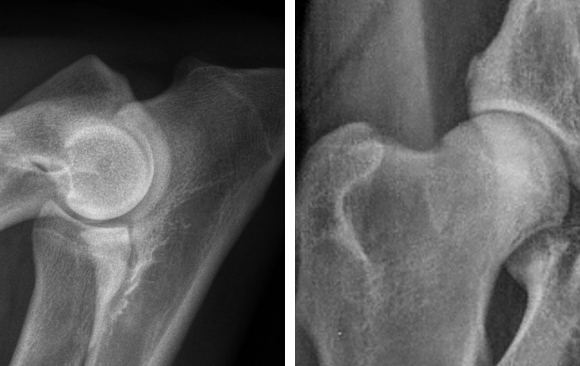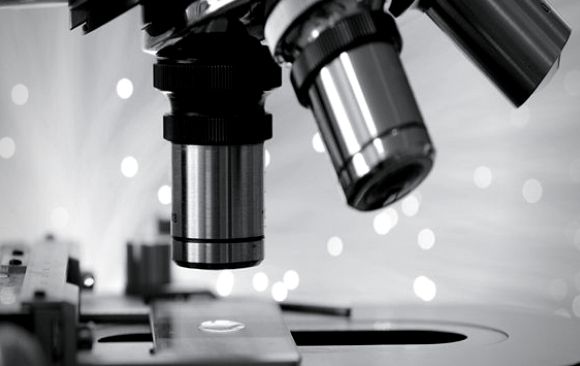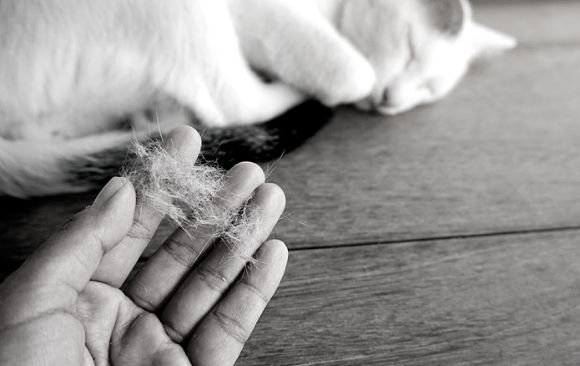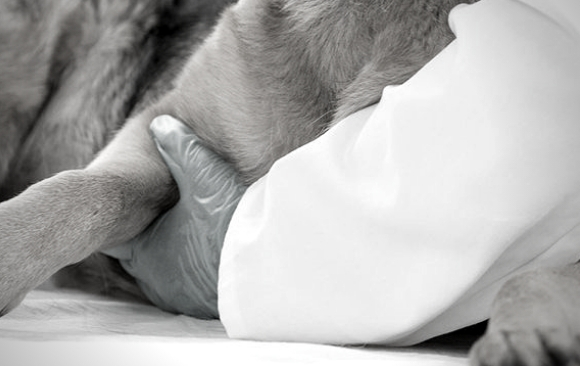
by tatkonasajt | Jan 2, 2023
This course is approved by GRSK and will cover the following subjects:
- Introduction to hip dysplasia and elbow dysplasia.
- Possibilities to reduce dysplasia: how can breeding influence the prevalence of HD and ED.
- Radiographic technique – practical on how to take a proper radiographs for the assessment of the hip and elbow dysplasia. Quality evaluation of the radiographs for the HD and ED.
- Explanation of different scoring systems.
- Film reading session – scoring of the HD ED radiographs.
DAY1
| Time |
Title |
| 09.00 – 09.15 |
Welcome and Introduction |
| 09.15 – 10.30 |
Introduction to hip dysplasia and elbow dysplasia
Possibilities to reduce dysplasia
How can breeding influence the prevalence of HD and ED |
| 10.30 – 11.00 |
Coffee break |
| 11.00 – 12.00 |
How to take a proper radiograph for the HD assessment |
| 12.00 – 13.00 |
How to take a proper radiograph for the ED assessment |
| 13.15 – 14.30 |
Lunch break |
| 14.30 – 16.30 |
Radiographic technique – practical |
| 16.30 – 17.00 |
Coffee break |
| 17.00 – 18.30 |
Film reading session on radiographic film quality |
DAY2
| Time |
Title |
| 09.00 – 10.30 |
HD scoring systems / protocols
Radiographic findings and evaluation of HD
Scoring criteria and grading of HD |
| 10.30 – 11.00 |
Coffee break |
| 11.00 – 12.30 |
HD film reading individual work and group work |
| 12.30 – 13.30 |
F.C.I. – Kennel Clubs, Breed Clubs – HD ED control |
| 13.30 – 14.30 |
Lunch break |
| 14.30 – 16.00 |
ED scoring system / protocol
Radiographic findings and evaluation of ED
Scoring criteria and grading of ED |
| 16.00 – 16.30 |
Coffee break |
| 16.30 – 18.00 |
ED film reading individual work and group work |
| 18.00 – 18.30 |
Closing remarks |

by tatkonasajt | Dec 26, 2022
DAY 1
| Title |
| Introduction |
| Ultrasonography of the pancreas |
| Practical scanning pancreas: body and right lobe |
| Coffee break |
| Lecture adrenals |
| Scanning right and left adrenals |
| Lunch |
| Lecture looking for shunts |
| Practical scanning for shunts |
| Coffee break |
| Ultrasonography POCUS, A FAST, T FAST – lecture |
| Questions and Answers |
DAY 2
| Title |
| Free scanning time pancreas, adrenal glands, shunt hunt |
| Coffee break |
| Ultrasonography of the thyroid |
| Practical scanning of the thyroid |
| Lunch |
| Ultrasonography of the eye – lecture |
| Practical scanning eye |
| Coffee break |
| Ultrasonography of the musculoskeletal (biceps, Achilles) |
| Practical musculoskeletal |

by tatkonasajt | Dec 15, 2022
Course Master:
Dr Charalampos Attipa DVM MVetMed MRes MRCVS Diplomate ACVP
American Specialist in Veterinary Clinical Pathology
Overview:
Clinical pathology is an essential diagnostic part of veterinary medicine. It has the advantage of being an inexpensive and low invasiveness tool that provides diagnosis rapidly and can be done in-house. This 2-day course will give you the basics you need for in house haematology, cytology, urine analysis and basic biochemistry interpretation, focusing to the most common canine and feline pathological conditions you will see in your everyday practise. Additionally, it will include more advance elements of clinical pathology for more experienced practitioners. Both days will include microscopy practical as well as hands on sampling and analysing techniques to help you gain experience that you can use in your practise from the next day.
DAY 1
| Time |
Title |
| 08:30 – 09:00 |
Registration |
| 09:00 – 10:15 |
In-house blood film and CBC interpretation |
| 10:15 – 11:00 |
Practical: Blood smear, Diff-Quick, PCV and TS |
| 11:00 – 11:30 |
Coffee break |
| 11:30 – 13:00 |
Practical: Microscope hematology + correction cases |
| 13:00 – 14:00 |
Lunch |
| 14:00 – 15:00 |
Basic principle of inflammatory and neoplastic cytology |
| 15:00 – 16:30 |
Practical on cadaver: Sample collection, preparation and staining |
| 16:30 – 17:00 |
Coffee break |
| 17:00 – 18:30 |
Microscope cytology + correction cases |
| 18:30 – 19:30 |
Biochemistry case discussion (liver) |
DAY 2
| Time |
Title |
| 09:00 – 10:00 |
Cytology of skin |
| 10:00 – 10:30 |
Cytology of effusion |
| 10:30 – 11:00 |
Coffee break |
| 11:00 – 13:00 |
Practical: Microscope cytology + correction cases |
| 13:00 – 14:00 |
Lunch |
| 14:00 – 15:00 |
Cytology of the lymph nodes |
| 15:00 – 16:00 |
Urinalysis: What can be done in-house |
| 16:00 – 17:00 |
Practical on urinalysis + microscopy |
| 17:00 – 17:30 |
Coffee break |
| 17:30 – 18:30 |
Biochemistry case discussion (renal) |
| 18:30 – 19:30 |
Biochemistry case discussion (endocrinology) |

by tatkonasajt | Dec 15, 2022
Day 1:
The first day covers ear diseases in dogs and cats. Ear diseases are common in small animal. Therefore, this course will provide a review about pathophysiology of the ears based on primary/secondary causes and predisposing/perpetuating factors, followed by diagnostic tests (cytology, bacteriology, otoscopy/video-otoscopy and imaging), and management. The afternoon will be dedicated to practical applications (ear exams, otoscopy/video-otoscopy, ear flush, microscopy) and case discussions related to ear diseases and management.
Day 2:
The second day starts with topical therapies, which is one of the most important part of dermatological interventions. Based on the knowledge, we will expand how topical therapies are incorporated in some common dermatological diseases, bacterial pyoderma and non-symmetrical alopecia. The rest of the day will offer nodular skin diseases combined with practical diagnostic approach using microscopy.
DAY 1
| Time |
Title |
Format |
| 08:30 – 09:00 |
Registration & Welcoming |
|
| 09:00 – 09:30 |
Anatomy and physiology of the ear |
Theoretical |
| 09:30 – 10:30 |
Diagnostic Approach to ear diseases |
Theoretical |
| 10:30 – 11:00 |
Coffee break |
|
| 11:00 – 12:00 |
How to treat ear diseases |
Theoretical |
| 12:00 – 13:00 |
Problem-oriented Approach in otitis externa |
Interactive |
| 13:00 – 14:00 |
Lunch |
|
| 14:00 – 15:45 |
Wetlab: ear exam, otoscopy, ear flushing |
Practical |
| 15:45 – 16:15 |
Coffee break |
|
| 16:15 – 18:00 |
Wetlab: ear exam, otoscopy, ear flushing |
Practical |
DAY 2
| Time |
Title |
Format |
| 08:30 – 09:00 |
Registration & Welcoming |
|
| 09:00 – 09:45 |
Topical therapy: benefits & limitation |
Theoretical |
| 09:45 – 10:45 |
Bacterial pyoderma & Methicillin-resistance |
Theoretical |
| 10:45 – 11:15 |
Coffee break |
|
| 11:15 – 12:15 |
Non-pruritic & symmetrical Alopecia |
Theoretical |
| 12:15 – 13:00 |
Nodular skin diseases |
Theoretical |
| 13:00 – 14:00 |
Lunch |
|
| 14:00 – 16:00 |
Microscopy with case discussions |
Practical/Interactive |
| 16:00 – 16:15 |
Coffee break |
|
| 16:15 – 18:00 |
Applied case discussions |
Interactive |

by tatkonasajt | Dec 15, 2022
A crush endocrinology course for clinicians from the busy practice and special interest in endocrinology. The speakers will cover the most common endocrine diseases of dogs and cats and will give you a practical advices on how to recognize, diagnose, and treat the hormonal disorders. You will get the latest insights in monitoring the diabetes mellitus and what the best treatment options are for Cushing’s syndrome. Also, what to do when the thyroid gland gets out of control and how to deal with calcium disorders. And for sure, our endocrine course cannot be complete without discussing adrenal diseases inside out. Finally, you will get a chance to join the interactive discussion of cases, or just listen to the discussion, whatever you prefer and whatever works for you.
Both speakers are passionate about endocrinology and we guarantee that the three days of endocrinology will fly away. This course will make you a better veterinarian, so do not wait and see, but join us as soon as possible!
Normal lectures
Interactive cases (Kahoot)
Problem solving (small groups)
DAY 1
| Time |
Title |
Speaker |
| 08:15 – 09:15 |
Registration |
|
| 09:15 – 09:30 |
Introduction |
|
| 09:30 – 10:15 |
Cushing`s Syndrome: making a diagnosis: from clinical signs to endocrine tests and imaging |
Sara Galac |
| 10:15 – 11:15 |
Cushing`s treatment: Pituitary-dependent |
Sara Galac |
| 11:15 – 12:15 |
Coffee Break |
|
| 11:45 – 12:15 |
Cushing`s treatment: Adrenal-dependent |
Sara Galac |
| 12:15 – 13:00 |
Interactive section: Clinical Cases |
Federico Fracassi |
| 13:00 – 14:00 |
Lunch |
|
| 14:00 – 14:30 |
Feline hypercortisolism: from diagnosis to treatment |
Sara Galac |
| 14:30 – 15:15 |
Canine pheochromocytoma: all you need to know |
Sara Galac |
| 15:15 – 16:00 |
Interactive section: Help, I found an adrenal incidentaloma |
Sara Galac |
| 16:00 – 16:30 |
Coffee Break |
|
| 16:30 – 17:15 |
Addison’s disease: from emergency to long term prognosis |
Federico Fracassi |
| 17:15 – 18:00 |
Interactive section: Clinical Cases |
Federico Fracassi |
DAY 2
| Time |
Title |
Speaker |
| 09:00 – 10:00 |
Canine and feline diabetes mellitus: epidemiology, clinical aspects and diagnosis |
Federico Fracassi |
| 10:00 – 11:00 |
Diabetes Mellitus: treatment and monitoring of the treatment |
Federico Fracassi |
| 11:00 – 11:30 |
Coffee Break |
|
| 11:30 – 12:15 |
Feline hypersomatotropism: more common that you think. |
Sara Galac |
| 12:15 – 13:00 |
Interactive cases |
Federico Fracassi |
| 13:00 – 14:00 |
Lunch |
|
| 14:00 – 15:00 |
Diabetic ketoacidosis |
Federico Fracassi |
| 15:00 – 15:45 |
Polyuria Polydipsia: How to successfully solve it. |
Sara Galac |
| 15:45 – 16:15 |
Interactive clinical cases |
Sara Galac |
| 15:45 – 16:15 |
Coffee Break |
|
| 16:15 – 18:00 |
Problem solving: discussion of clinical cases in small groups |
Federico Fracassi |
DAY 3
| Time |
Title |
Speaker |
| 09:00 – 09:45 |
Canine hypothyroidism: pathogenesis and clinical signs |
Federico Fracassi |
| 09:45 – 10:30 |
Canine hypothyroidism: diagnosis and treatment |
Sara Galac |
| 10:30 – 11:15 |
Interactive clinical cases |
Federico Fracassi |
| 11:15 – 11:45 |
Coffee Break |
|
| 11:45 – 13:00 |
Feline hyperthyroidism: pathogenesis, diagnosis, and treatment |
Sara Galac |
| 13:00 – 14:00 |
Lunch |
|
| 14:00 – 14:30 |
Thyroid tumors in dogs: all you need to know |
Sara Galac |
| 14:30 – 15:30 |
Calcium disorders: How to approach it and what to do |
Federico Fracassi |
| 15:30 – 17:00 |
Interactive clinical cases |
Sara Galac
Federico Fracassi |
| 17:00 – 17:30 |
End of the course and final discussion |
|





